
OVERVIEW
The game features the main character “Spyro”, roaming around different levels connected to different hub worlds, while rescuing trapped dragons and collecting gems, eggs, and skill points for progression.

The ultimate objective of the game is to defeat the mischievous antagonist “Gnasty Gnorc” ; And for the completionists, it’s collecting everything available in the game.
In this analysis, i’ll be going through each of the core loop elements to see how well the formula is executed, and how well it can be improved.
NAVIGATION
My nostalgic memories definitely remember the game to be super frustrating while I was kid. But it feels like they’ve made definite improvements on navigation on all fronts.
Spyro’s movement speed, acceleration, deceleration, turnings – everything combined made me feel like i’m always in total control of my character.

PROBLEM
Although the navigation control of the character is super consistent, there are particular sections in the game where the level design doesn’t feel its made to enhance it, but rather contract from it.
Even with the smooth controls, due to how the levels were laid out, I always had the constant feeling of wrestling with the controller itself to pass through the worlds.
My best example of this expression could be:
Imagine Sonic, but in Mario’s layout. It simply doesn’t work.
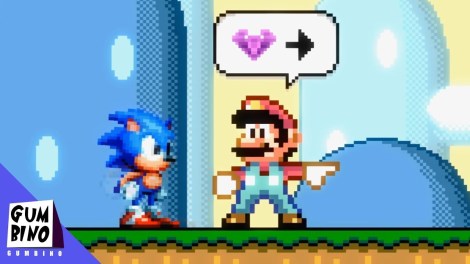
This is also one of the reason on why the difficulty curve spikes up. But the bad sections are minuscule in comparison to the rest of the good parts of the game.
INTRINSIC MOTIVATIONS
GEMS, DRAGONS, AND EGGS
The level design is fairly straightforward and simple. You notice gems / dragons / eggs to collect in your vision, you’ll get intrinsically motivated to reach them.
CONCERN
But the problem arrives when you reward gems for also killing enemies, while also making them respawn them upon your death.
This is a particular double-edged sword design because even though the players will always be motivated to kill the enemies for gems, but if they don’t keep track of the fact that they already killed and collected their gems, the power of the motivation factor could be diluted.
Imagine a dark room with a single light source. We get attracted to the light source because of its sole existence. But if there were multiple light sources in the room, you lose motivation to check them all out, as compared to a singular light source.
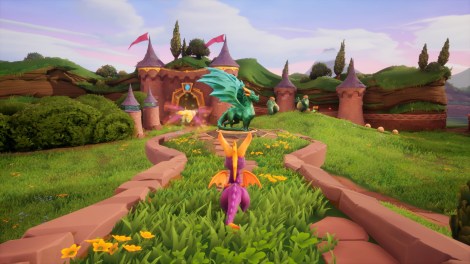
For a kids game, I wouldn’t have risked the main motivation factor to be diluted in this way. And fortunately, they didn’t as well.
The lives system is also another crucial motivation factor in the game for progression. And it’s beautifully connected so that if you kill enemies who you already collected gems from, you gain extra lives (rewarded by a progress meter).
So i’m good with this design, but it’s interesting to see how it could have gone wrong by a small misstep…
EXTRINSIC MOTIVATION
COMPLETION REQUIRED TO PROGRESS
Extrinsically, you are rewarded with 100% level completion if you are able to get them all.
IMPROVE
The extrinsic motivation could be improved, as it’s never worth to get 100% completion just to see a special level / a special end cinematic in the game.
I think a similar ideology of the “Stars System” could be applied to the progression of this game to better motivate the players.
The design will enhance the existing version by adding progress milestones to keeps the players constantly motivated.
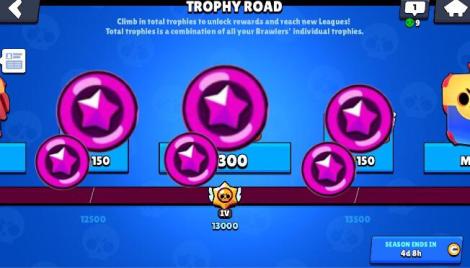
POSITIVE
For completionists, the collectathon design is taken to extreme levels where the players have to do specific actions on specific objects to achieve skill points.
Although I wasn’t too much into it, I understood where it’s coming from, and how it’s made to maximize on one single archetype of collection players.
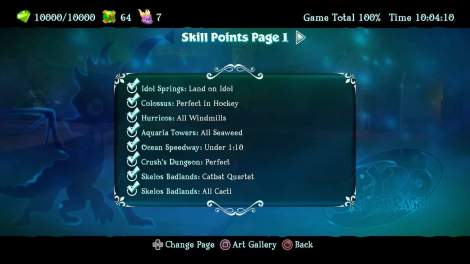
The design is not something which the player has to practice or learn, it usually revolves around your base game loop elements themselves.
This ideology is further applied on the other core elements of the game when you – spoiler alert – permanently unlock flight (navigation ability) to use in a single special extra level at the end of the game.
SAGA PROGRESSION
PROGRESSION
The level design is super tight, and it always makes you feel like you are at the edge of your chair while you barely make your jumps / glides to safety.
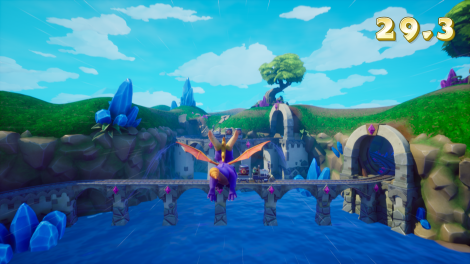
IMPROVE
Though I would say the overall progression of the level design could be definitely improved. There are sections in the game where the difficulty just spikes up harder than the end game.
They need to fine tune their difficulty appropriately as so it doesn’t look like this:
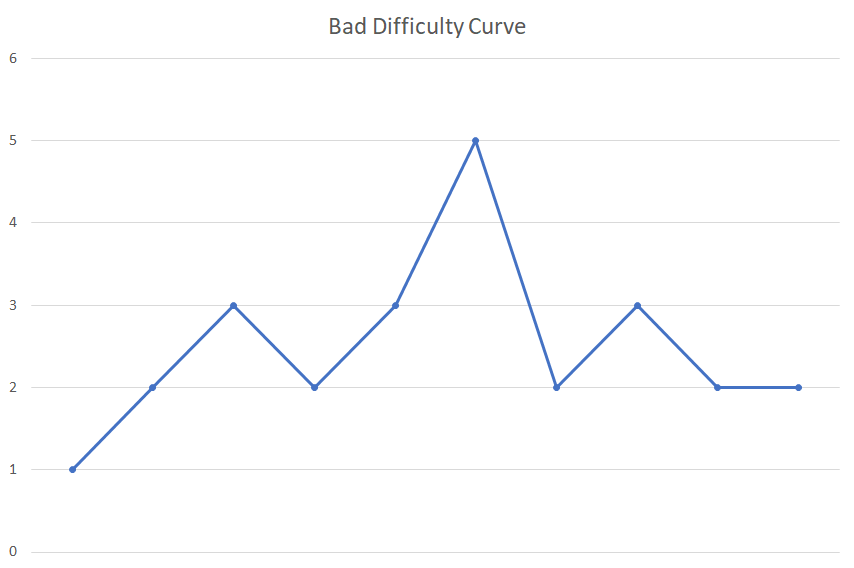
And make it so it behaves more so like this:
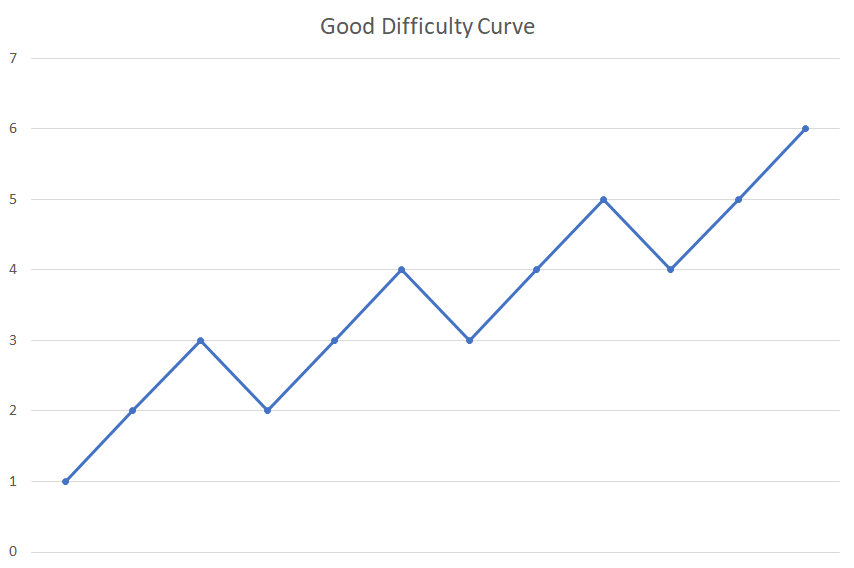
(figures are for example purposes only)
POSITIVE
Collecting dragons in the game not only unlocks checkpoints, but they also act as affordances to teach the player on possible actions to perform.

Throughout the game due to its open-end level design, the checkpoint dragons had to be well spaced out to give enough room for exploration, reward, and mistakes.
PROBLEM
But due to the open-ended nature of the levels, the player could mix-up the order of onboarding information required to progress quite easily by mistake.
This could have been mitigated by reducing the scope of the level design design, rather than expanding it to include multiple solutions in the early sections of the progression.
The level design should have been opened up gradually to its full extent, step-by-step, to avoid the player getting lost in the process.
But due to the simplicity of the game itself, it doesn’t arise to be too big of a problem unlike other bigger titles in the market.
IMPROVE
The hub world consists of multiple level gateway entrances to different world levels.
Usually it becomes a problem when you are not able to realize what level you already completed, and what you’ve yet to do.
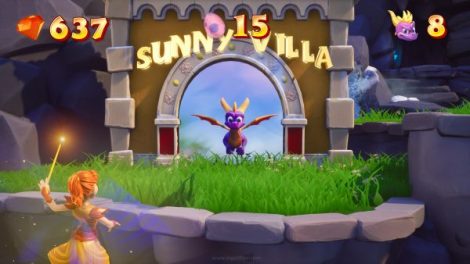
This particularly became an issue where I had to rely on the guide book of the game to figure out my progress.
This could have been easily mitigated by level art differences on the gateway to indicate the progress of the player.
PROBLEM
Usually if you fail any navigation section, the punishment in this game is not any resource you lost, but time.
In the late sections of the game it particularly became an issue, where if I failed a jump, I had to circle back to the jump point by wasting ~5mins of playtime.
The level designers have tried their best to avoid this issue, and at few points, I felt the some system change was needed to patch this properly.
There should be some way where we can backtrack efficiently, either by fresh content, or straight up fast travel to your desired location.
There could be other solutions to this issue, but right now I also think it’s a pretty hard problem to solve effectively.
PRESENTATION
Generally in game development not everyone has the vision to unify everything as a final product. Game designers will be focused on their mechanics and systems, level designers will be focused on their layouts and player dynamics, and the artists will care only about how “eye candy” can the game look.
This is not the case with Spryo.
Lot of technical and artistic details have layered upon the old game without altering / changing how the old game used to work. It really shows the immense respect the developers had for the series.
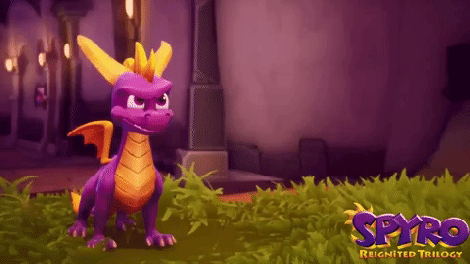
These guys have merged all their departments in focus of the final experience, which ultimately amplified the “game feel” of the game.
CONCLUSION
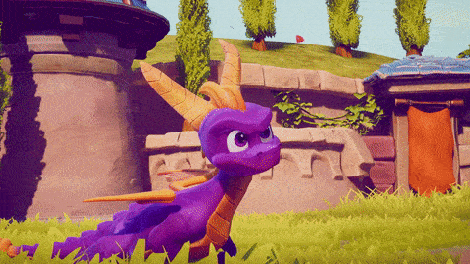
Filled with lots of love and charm, Spyro spear focuses on all essential design requirements to hit their intended target audience.
The game grips you on your core psychological interests, and dusts off everything else unnecessary to tailor your experience.
It’s a classic 3D platformer game where its beauty explicitly shines in its simplicity.
Although there might’ve been a few mishaps, it’s definitely a strong IP to look out for – is what I figuratively would have said if it was a new game, but even though it’s a remake, I feel they did many things right at the time and created a genre defining game for others to follow till date.
With that I’d like to conclude my review.
I’ll post updates on how the series holds up after my playthrough of the other two parts of the series. Till then…
See you guys on my next post.

Pingback: Spyro™ Ripto’s Rage! Reignited – Game Analysis | SnoukDesignNotes·